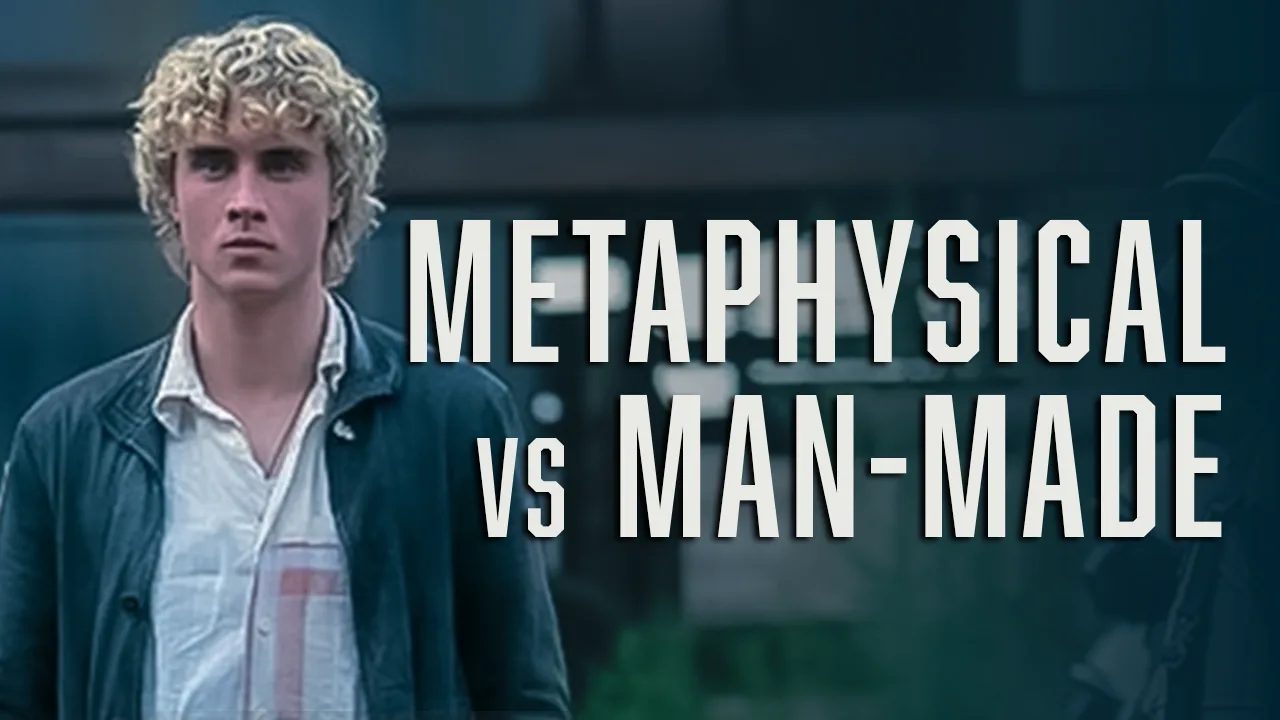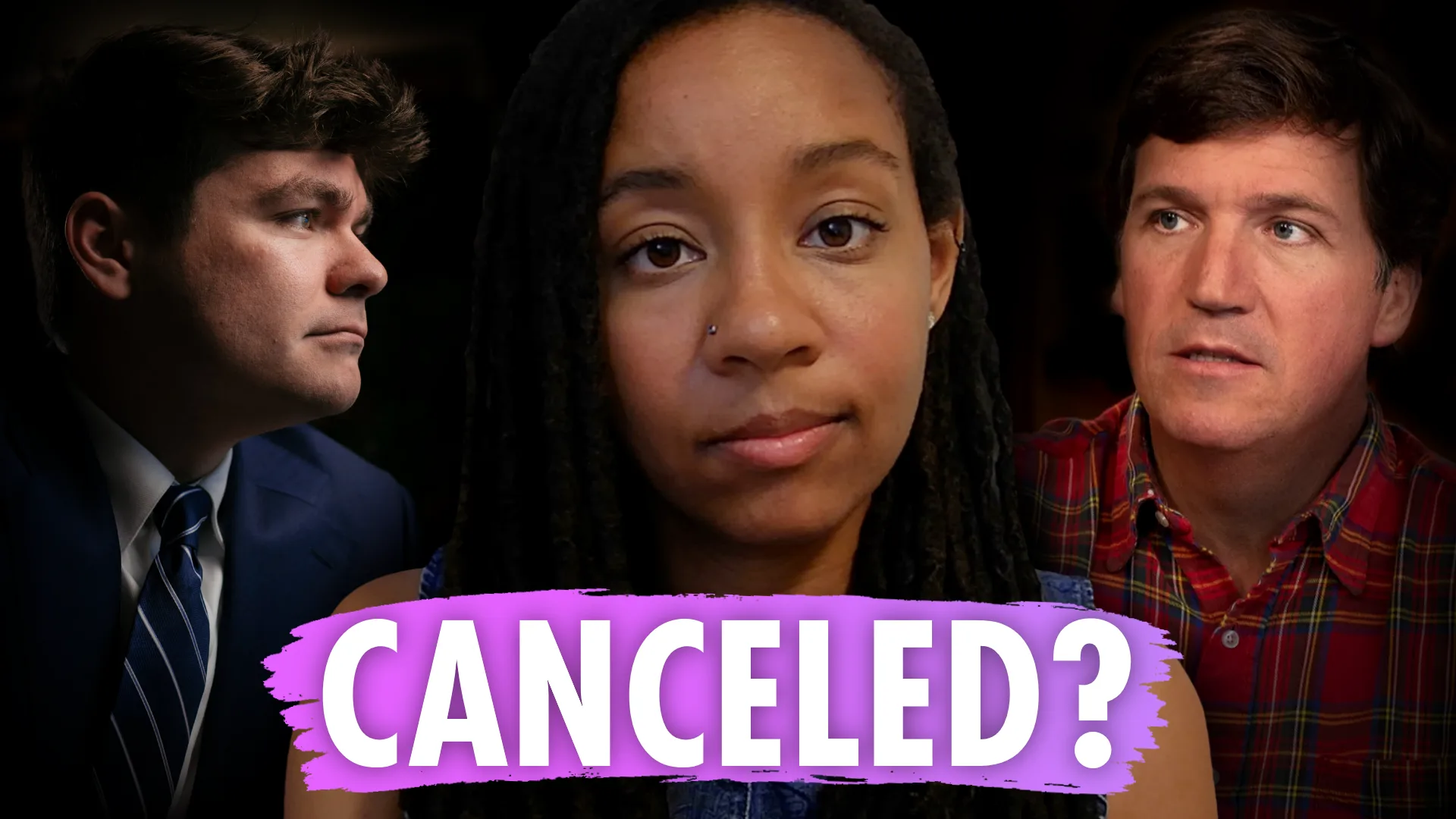Vision is undoubtedly important. Without it, we couldn’t do numerous things: drive cars, appreciate the beauty of art or of a loved one, play video games, watch movies, read books, and so on. It is our most direct connection with the world.

Unfortunately, both younger and older people lose their vision, including me. When I was ten years old, I noticed one day that I couldn’t see the chalk board the teacher was writing on as clearly as I used to. I squinted to compensate for a while, but eventually I couldn’t read anything. My mom took me to an optometrist who diagnosed me with myopia (nearsightedness). I got glasses that year and have been wearing them ever since.
Because of my facial crutch certain activities are effectively off-limits or significantly less enjoyable for me. I enjoy going to water parks and the idea of wrestling, but when I debate doing such rough activities I have to choose between being able to fully experience those things or risk damaging my expensive pair of prescription lenses (if I do decide to wear them). Having to make such decisions is often stressful and has made me opt out of things I wish I didn’t have to.
This is a reality for many people and an increasing number of them. According to the Cleveland Clinic, “Myopia is common. . .more than 40% of people in the U.S. are nearsighted. This number is rapidly rising, especially among school-aged children.” And, worldwide, millions of people are completely blind.
However, permanent vision impairment or blindness may not have to be a reality much longer. In a study reported in 2020, Harvard scientists restored the vision of blind mice. They did this by reprogramming the nerve cells of the mice’s eyes to revert back to an earlier age. This could be applied in humans at some point.

Scientists thought this was impossible. Many scientists assumed that complex tissues, such as those of the brain, spinal cord, heart, and eyes, could not be regenerated. But, this study implies what was once thought to be a “miracle” reserved for Hebrew carpenters, is now a reality for the masses. As professor of genetics David Sinclair says, “Our study demonstrates that it’s possible to safely reverse the age of complex tissues such as the retina and restore its youthful biological function.”
This discovery almost didn’t happen. David Sinclair recounts in his book Lifespan how a graduate student he worked with, Yauncheng Lu, almost gave up after two years of failing to reverse the age of mice cells in 2016.1 But after some encouragement and a last attempt, he was able to successfully do this without causing the mice to get sick and die from tumors—which is what normally happened.
After this discovery, Lu set out to regenerate optic nerves in mice, which posed a greater challenge because as Sinclair said at the time, “Optic nerves just don’t regenerate, unless you are a newborn.”
Months later, Lu sent Sinclair images that looked like the ones below. On the left and right, respectively, are the optic nerves of young and old mice. The top do not have Lu’s treatment and the bottom do. The brightness indicates nerves that are alive. And as you can see, Lu’s treatment regenerated a lot of nerve cells. In fact, as Sinclair writes, “[This is] the greatest example of nerve generation in history.”2

David Sinclair and Yauncheng Lu are living examples of what keeping your mind connected to reality results in. Although they had their assumptions and doubts about what is and isn’t possible, they continued to experiment to see what reality had to say. And reality spoke, rewarding them with knowledge.
Thanks to them, the future looks much brighter for people like me. After learning of this, I feel assured that sometime in the not-too-distant future, I’ll be able to see in 20/20 again. Hopefully, this encourages you too.





